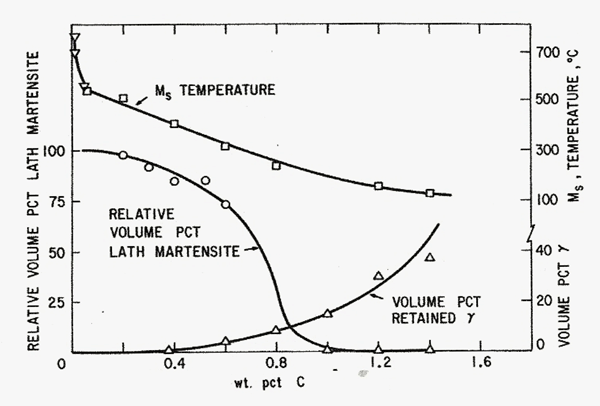Whoa, not agreeing with @Deadboxhero is one thing but calling him out because he sells stones is not cool at all.
Shawn Houston is one of the most giving people in the knife world with a massive amount of knowledge that he not only readily shares, but spends a lot of money on helping research and develop. He's inspired countless sharpeners, enthusiasts, and even fellow knife makers. And that includes in the kitchen knife world.
You can not like his style if you want, that's cool, and you can debate his positions, but he doesn't do anything from a salesman point of view and ALWAYS has the user in mind! He only sells stones because he couldn't find anything out there to accomplish what he wanted to accomplish. But he readily promotes other people's products and other sharpener's work.
He's a damn solid person with a heavily established reputation.
Shawn Houston is one of the most giving people in the knife world with a massive amount of knowledge that he not only readily shares, but spends a lot of money on helping research and develop. He's inspired countless sharpeners, enthusiasts, and even fellow knife makers. And that includes in the kitchen knife world.
You can not like his style if you want, that's cool, and you can debate his positions, but he doesn't do anything from a salesman point of view and ALWAYS has the user in mind! He only sells stones because he couldn't find anything out there to accomplish what he wanted to accomplish. But he readily promotes other people's products and other sharpener's work.
He's a damn solid person with a heavily established reputation.
Last edited:









